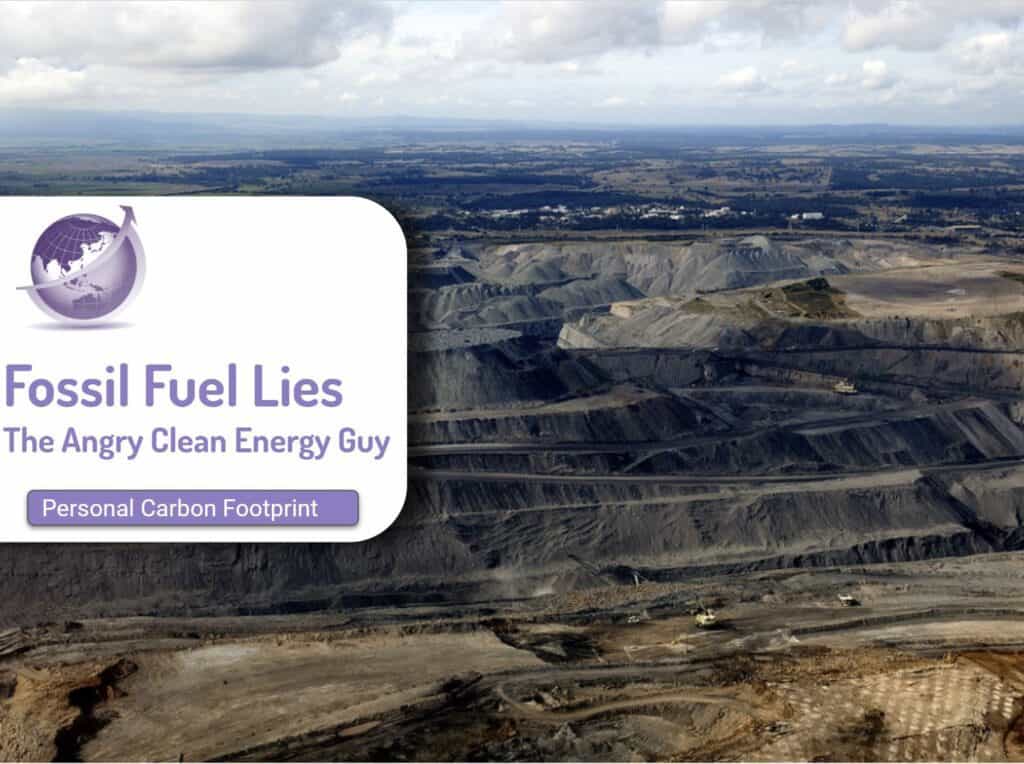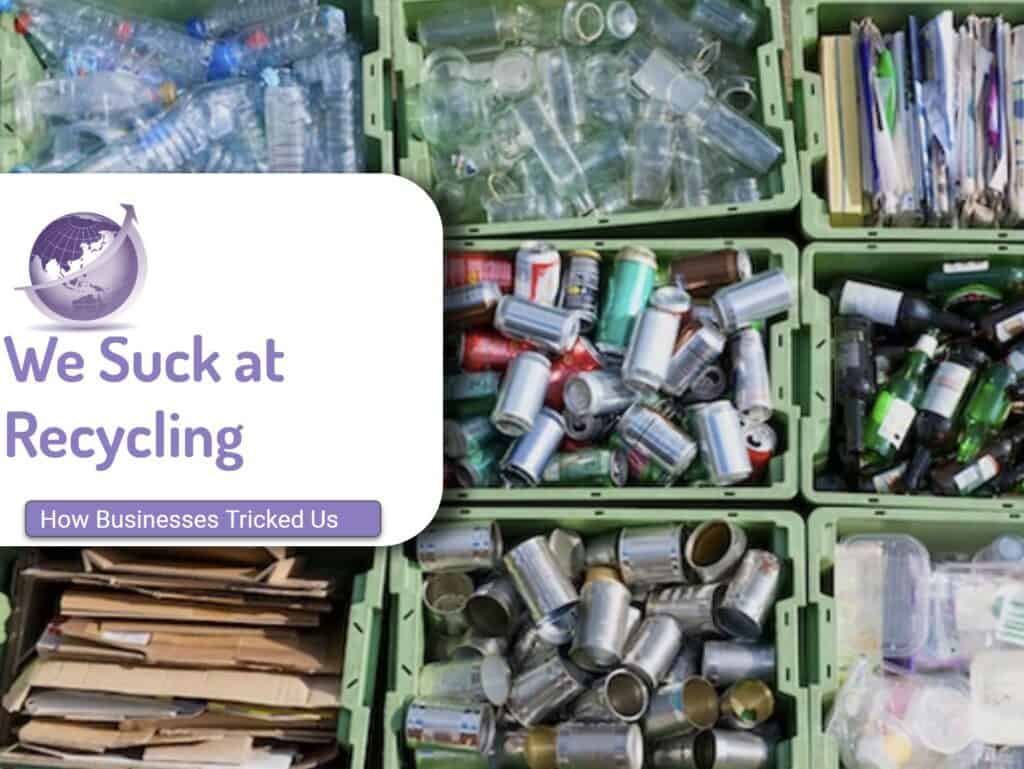The total value of savings from adopting electricity, home heating, water heating and transportation with green energy saves $5400 per year. The reduction in cost of solar panels means home and property owners with rooftop solar is 10c per kWh, with 5c of cost of rooftop solar and about 5c from battery for firming of electricity supply. Many think that green energy is a cost but renewable energy is at the heart of climate change and would cost less than 2% of GDP to get to 1.5o of climate warming or net zero. Bill Nussey in his book talks about Freeing Energy – simple power of rooftop solar with battery firming rather than complex grid based electric power.
In Saul Griffith’s latest book called The Big Switch Feb 2022 (Amazon Books) he outlines how this is already happening and some of the drivers that can accelerate this big switch.
How Green Energy Saves $5400 per year?
We often think that renewable energy is a cost. Whereas here are some of the reasons why green energy actually will provide a return of more than $5,400 per year. Energy usage per day reduces to 30% with corresponding savings.

- The Cost of Rooftop solar in Australia is less than $1 per watt. (A 1/3rd of the USA price). This results in a LCEO cost of about 5 cents per kWh.
- A battery, big enough to provide storage (12 hours) adds about another 5c kWh
- Total Cost of simple roof top solar with battery is about 10c/kWh. Compare this with the average household cost of energy from a retailer at about 23cents per kWh plus a charge of about $1 per day for supply. Even if you use none.
- Replace the internal comustion engine (ICE) with a battery electrive vehicle (EV) and the cost of petrol has gone. The total cost of ownership of an EV is now cheaper than an ICE car by abotu $2,000 per year
- Change gas for heating to a modern HVAC (heating / ventilation / Air conditioning) with an efficient heat pump system. Savings will be about $1,000 per year, and will use the rooftop solar / battery depending of time of day and summer or winter
- Replace gas cooktops with electric induction elements
- Money that used to flow out from community (e.g. purchasing of petrol), is now available within the community – at the local grocery store. For consumption and household improvement. Not a fossil fuel company.
Big Grid vs Local Solar + Battery
Bill Nussey in his book lays out how solar and battery simplifies Big Grid and frees energy.

What Needs to Change?
If all of transportation and businesses change to renewable energy, we will need about 3 times more electricity than we currently use and consume. This will mean the end of petroleum and of fossil gas (aka Natural Gas).
- here are some 20.1m cars with about 10.1 million households. First step is for households to move to one of their cars to an EV
- Average rooftop solar today is mostly 5 to 10kW for new systems, and 2kW for older systems. Systems need to be 20kW
- Current panel design is a rectancular shape designed for Big Grid, not for houses, shading.
- Change to heating to electric HVAC. This is 3 times more efficient than gas.
- Community batteries will become an essential part of this. It means that houses with lots of solar can accomodate those with low amounts as power generated in local suburbs, remains in the suburb.
Electric Car Savings
For a very good analysis in Australia check out this article from Ronald Brakels from Solar Quotes. He focused on charging from grid electricity versus roof top solar, and fuel savings were 15.7 cents per k versus 2 cents, and over 15,000km add up to over $2,100 per year. Factors include:
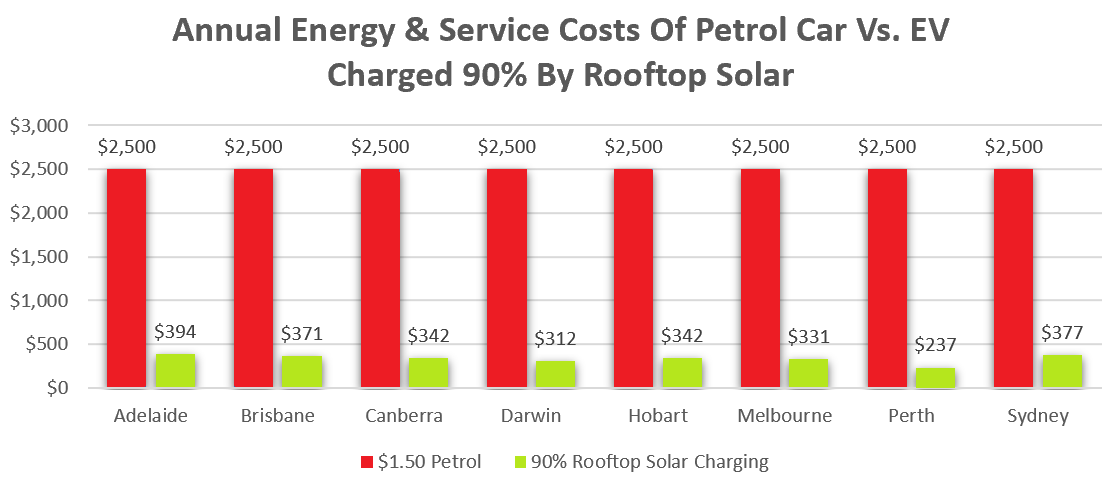
- Cost of electricity
- Cost of servicing
- Capital cost of vehicle
- Depreciation rates
- EV subsidies and road taxes
- Overlooked EV Costs. Home charger, charging cable, insurance and battery replacement.
- V2G opportunities will further increase savings
- Longer lifetime, no major service costs at 100,000km
- EVs will continue to improve.
If the consumer does 25,000km then the benefits are over $4,000 per year. More if fixed costs remain the same such as charging cable / charging infrastructure.
IRENA Shows Green Energy Saves money
IRENA data says that globally there is $156 Billion of financial savings for emerging economies and 800GW of existing coal plants are more expensive to run that new onshore solar or wind.
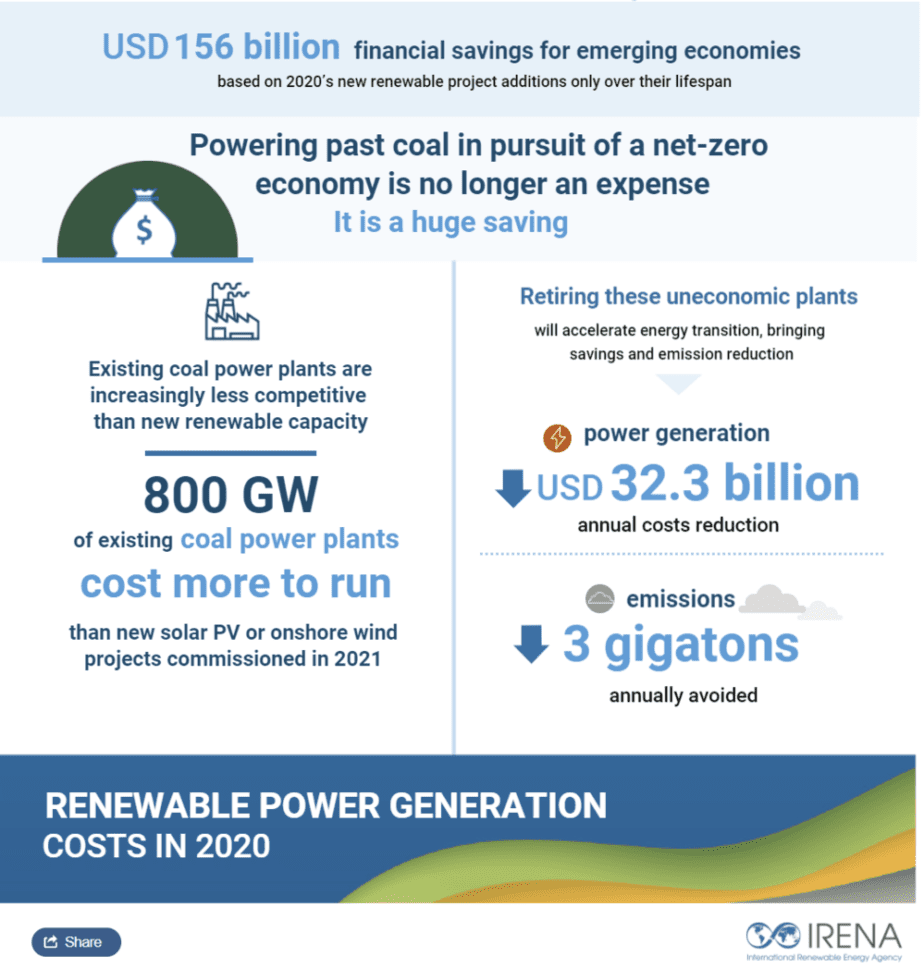
Half the Cost of Electricity is Transmission and Distribution
Date from AEMC 2021 Residential Electricity Price Trends Report in cents per kWh
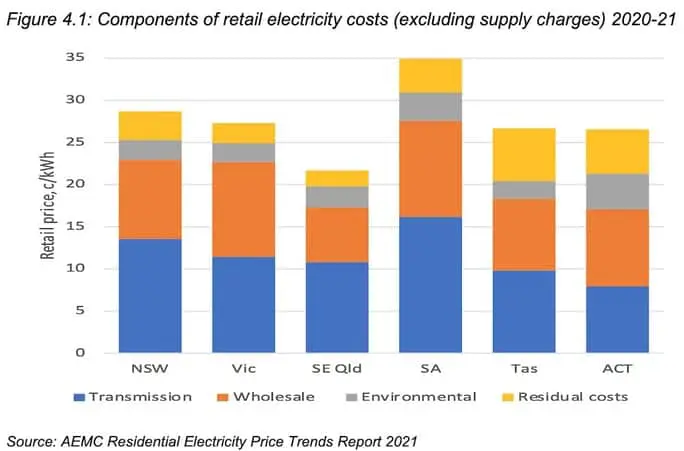
Opportunity
From The AFR
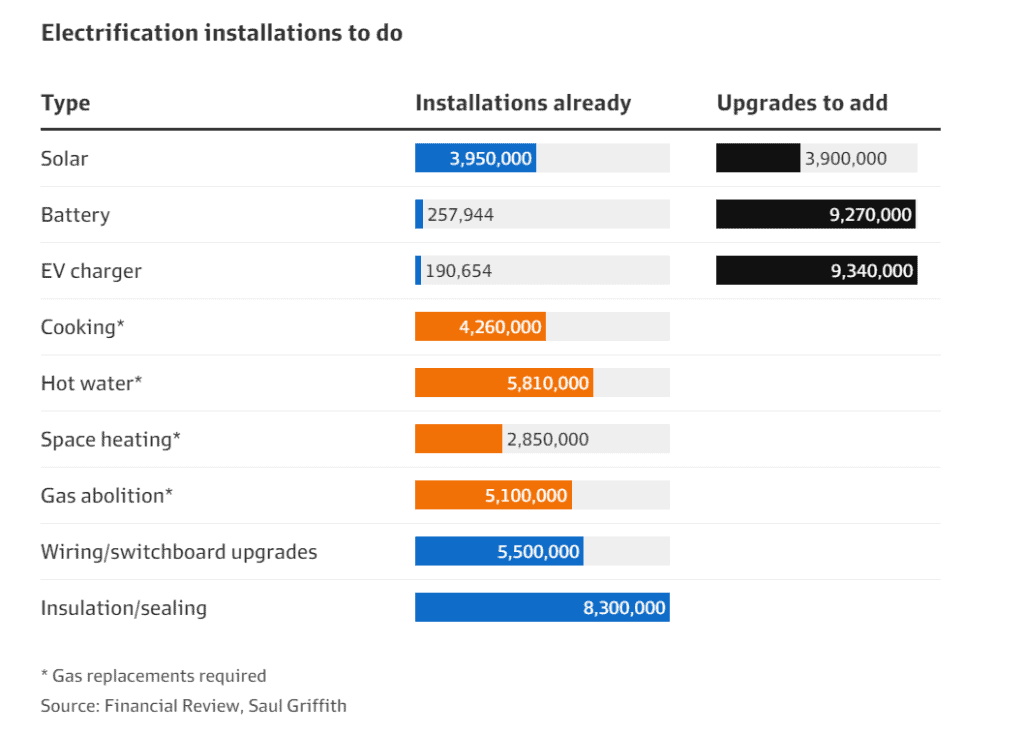
More Reading
- CBA wants to corner the $2trn market for household electrification Mar 2024 https://www.afr.com/policy/energy-and-climate/cba-wants-to-corner-the-2trn-market-for-household-electrification-20240316-p5fcxg
- Could ‘HECS-for-solar’ slash power bills and save climate goal? Mar 2024 https://www.afr.com/policy/energy-and-climate/could-hecs-for-solar-slash-power-bills-and-save-climate-goal-20240312-p5fbrk
- Electrify Everything for Everyone 2024 https://www.rewiringaustralia.org/eels



